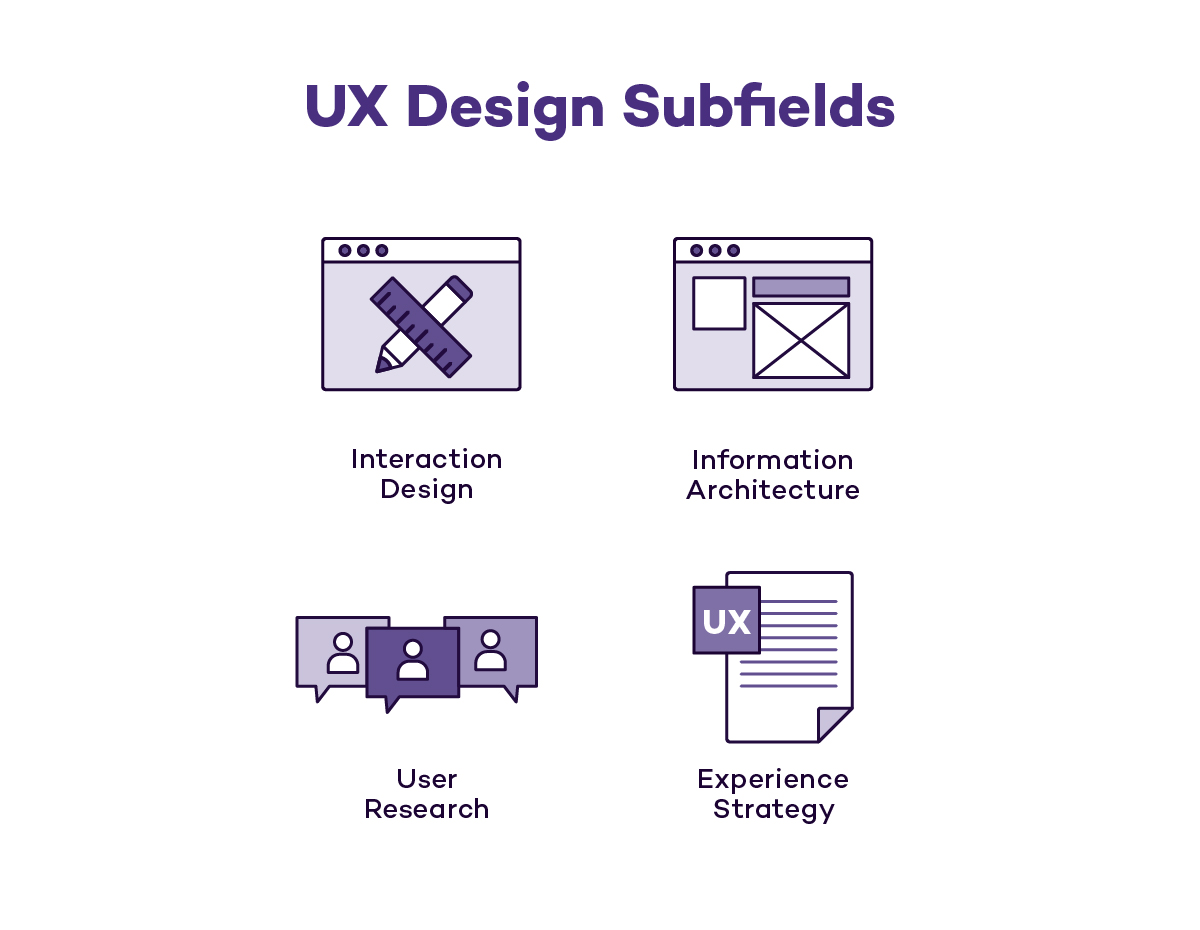In 1993, an Apple employee named Dan Norman coined the phrase “user experience (UX)” to describe a user-focused design process that was commonly employed by Bell Labs, the Walt Disney Company, and other creative powerhouses of the time. Since then, growth in the UX design field has been exponential, expanding from just 1,000 UX designers in 1983 to roughly 1 million by 2017, according to The Nielsen Norman Group. This rate of growth is anticipated to continue, as The Global User Experience (UX) market is expected to grow at a compound annual growth rate (CAGR) of 16.40% through 2028 alone.
As a result of the incredible growth of this profession, many of us interact with excellent UX design multiple times a day but don’t even realize it. That’s because well-designed UX puts the user’s focus on the product or service rather than the seamlessness of the experience. On the other hand, many of us can recall the frustration experienced when trying to navigate a website and being unable to perform desired tasks. This, of course, is the product of bad UX design, which can hobble a company and alienate consumers. As a result, almost all organizations are now interested in optimizing their user experience.
If you’re thinking about where to start your career, or you’re considering making a career switch, UX design is an excellent option. In this article, we’ll explain what UX design is, how to become a UX designer, the UX design process, and the standard UX designer career path and job prospects.
 Live Chat
Live Chat

